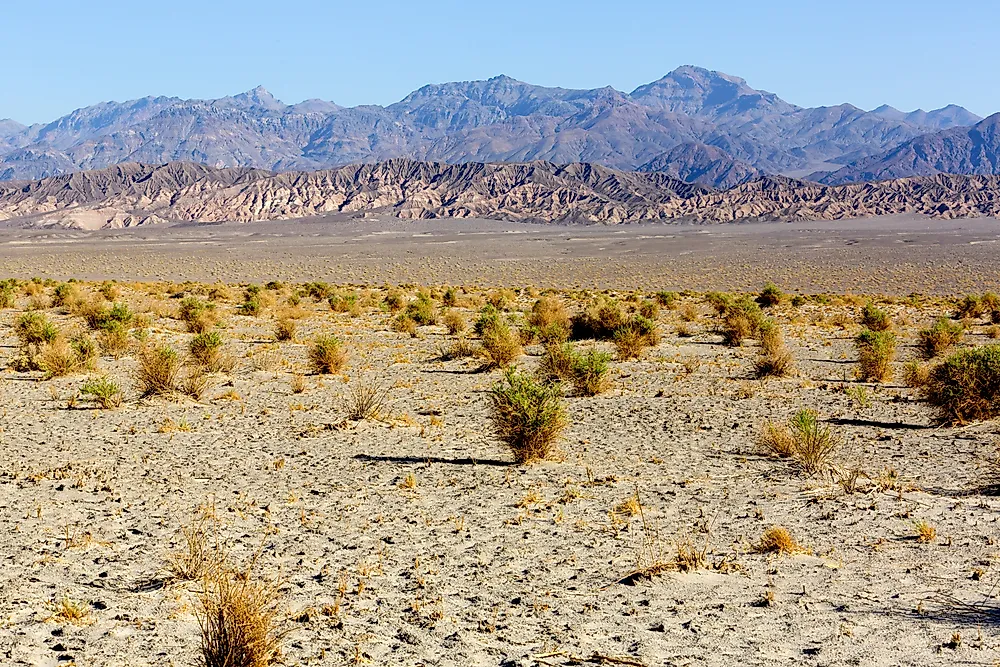What is an Arid Climate?

A region is described as arid when it experiences a severe lack of water to the extent of preventing and hindering the growth and development of animal and plant life. Arid environments are diverse in terms of soil, climate, water balance, flora, fauna, and human activities, and therefore there is no working definition to define an arid region other than aridity. Aridity is expressed as a function of temperature and rainfall and denoted as p/ETP, where:
P = precipitation
ETP = potential evapotranspiration, taking into account, wind, solar radiation, and atmospheric humidity.
Hyper-arid zones have an index of less than 0.03 and cover 4.2% of land on the planet, arid zones have an index range of 0.03 -0.20 and cover 14.6% while semi-arid zones have an index range of 0.20-0.50 and cover 12.2%.
Characteristics Of an Arid Climate
An arid climate is known for being hot and dry. About a third of the Earth is covered by arid climate most of which lie 30 degrees north and south of the Equator. Despite the harsh conditions animals and plants have developed adaptive methods to survive the environment.
Low Precipitation
Most arid regions receive less than 10 inches of rainfall throughout the year. Although most arid areas are hot and dry, the Polar Regions are also considered arid climates because they received little moisture in the form of snow. Rainfall in an arid environment is sporadic and mostly in the form of thunderstorms. The soil is dry and compact, and therefore unable to absorb water quickly leading to flash floods and extreme evaporation.
Extreme Temperatures
Some arid climates have season while others do not. The Sahara, for example, remains hot and dry throughout the year with no noticeable variations in seasons while others such as the Gobi Desert experience hot temperatures during the summer and freezing conditions during winter. However, all arid regions experience warmer days than nights because the bare ground cannot retain heat. Arid regions except for the poles experience average temperatures of between 78° and 94° Fahrenheit.
Wind
Arid climates experience windy conditions because of the scarcity of vegetation to reduce air movements. The wind blows moist air from the soil and plants, resulting in increased evapotranspiration. Wind also erodes the topsoil preventing any plants from growing. Sandstorms occur occasionally and present a serious threat to the surrounding lands by delivering sand to cover fertile soil resulting in the expansion of the desert.
Vegetation
Arid climates have scarce vegetation due to poor rainfall, sandy soil, and strong winds. Plants that survive in these conditions are either ephemeral annuals, succulent perennials, or non-succulent perennials. They use very little water and develop long roots and spiny leaves. However, some arid regions such as the Atacama Desert are so dry that plants cannot survive while Antarctica is so cold for plans to grow.











